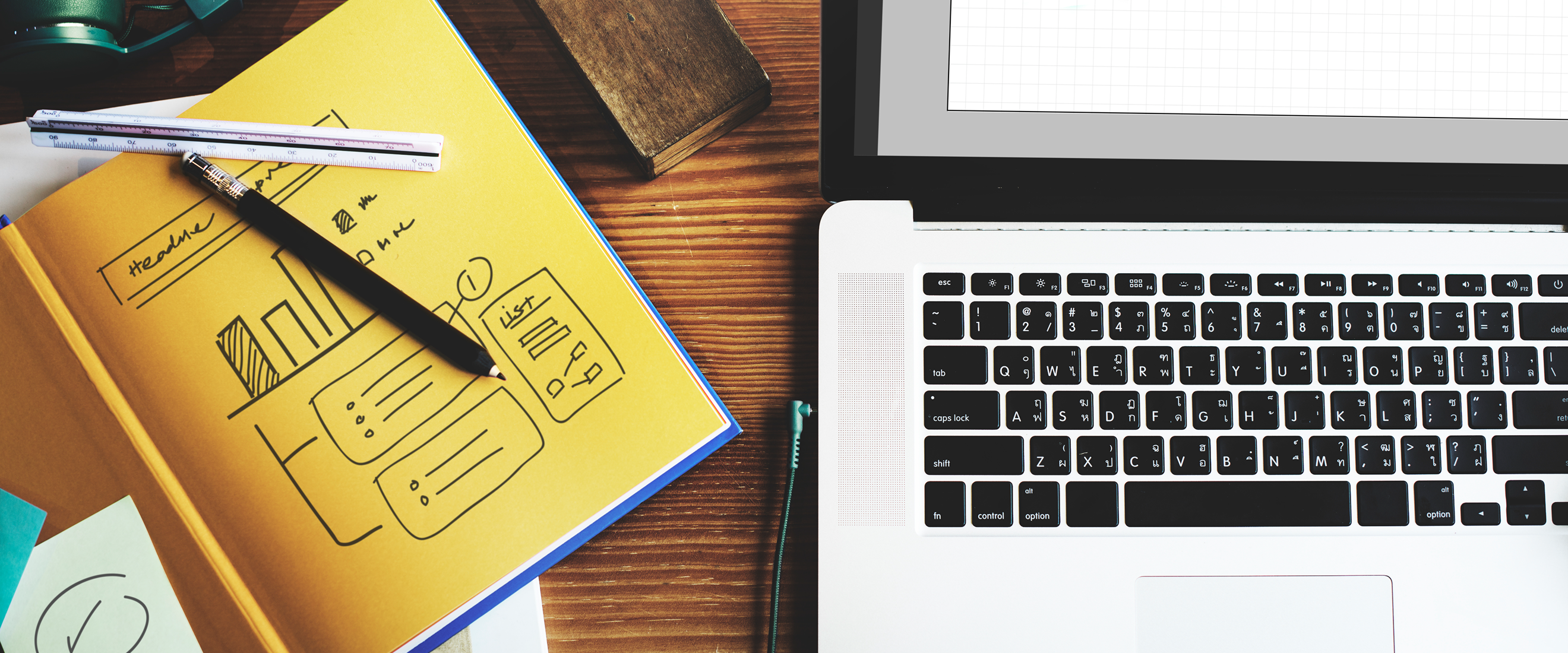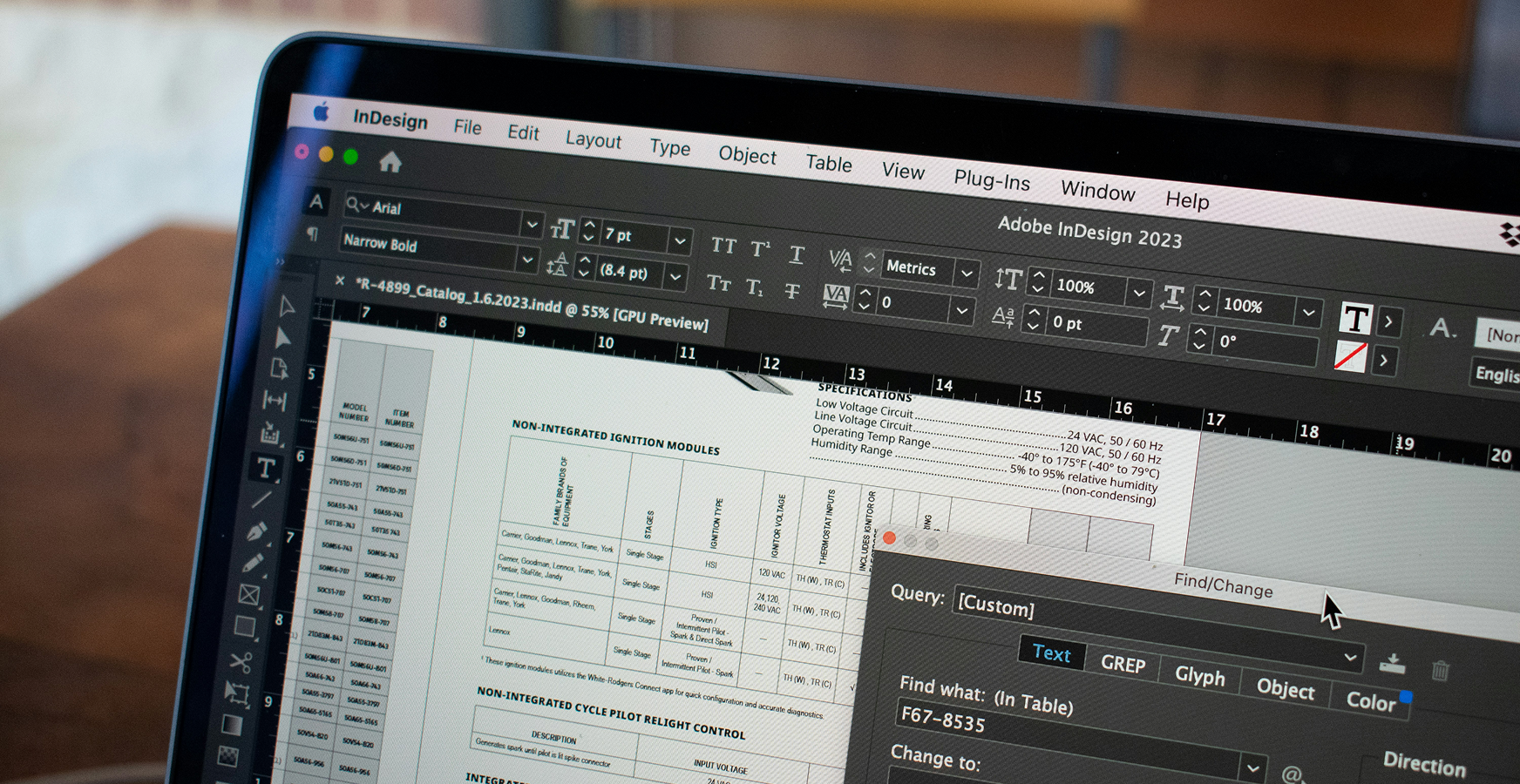
In today's world, digital content has become one of the main tools that marketers, companies, and bloggers rely on to reach their target audience. However, creating content is not just about writing or photography, but requires a thoughtful design process that takes into account many factors that help attract attention, stimulate interaction, and build a sustainable relationship with the audience.

Hence, content design emerges as one of the key elements in successful digital marketing strategies. In this article, we will learn about the importance of content design, as well as the tools and techniques that help produce elaborate digital content that attracts the audience and achieves marketing goals.
1. The importance of content design in the digital age
In the digital age, users are becoming more selective in the content they interact with. With the increasing amount of content available online, attention to small details in content design has become vital to differentiate it and make it stand out among competing content.
Visual impact: Users in the digital age respond more strongly to content that has an attractive visual design. Good design enhances the visual experience and contributes to the message you want to convey. For example, content that includes images, videos, and graphics in a consistent and engaging way achieves greater interaction than traditional textual content only.
Experience and interaction: Content design is not limited to aesthetics, but also includes functionality. User experience (UX) design is an essential part of the success of any digital content. Content should be easy to navigate, allowing the user to interact with different elements easily, whether it's scrolling, tapping, or interacting with interactive content such as surveys or games.
2. Basic principles in content design
There is a set of basic principles that content creators must adhere to to ensure that content is effective and impactful:
Simplification and clarity: It is important that the content is clear and direct, away from complexities. The eyes should be able to quickly examine the content, and the information should be easy to understand. In content design, simple content with the fewest text and colors is considered the most impactful.
Logical sequence: When designing content, there must be a logical sequence in the order of elements. From the main heading to the paragraphs and secondary points, the content should follow a sequence that is easy for the user to understand and interact with. Using engaging headings and subheadings helps organize content in a way that guides the reader through the experience effectively.
Focus on the target audience: The content should be targeted at the target audience. In design, the language, style, and images that are in line with the interests and needs of that audience must be determined. If your audience is young, you may need to use vivid colors and animated graphics, while if you're targeting business professionals, simple designs and muted colors may be best.
3. Content Design Techniques and Tools
There are many tools available that can facilitate the process of designing digital content. These tools help designers create flexible and engaging content, whether it's videos, images, or even media-enhanced text.
Graphic design tools:
Canva: Canva's tool is one of the most popular Graphic design tools that allows users to easily create engaging visual content. Whether you need to design social media posts, ad posters, or even blog posts, Canva provides ready-made templates that allow you to quickly customize content.
Adobe Photoshop and Illustrator: These professional tools offer advanced design capabilities, whether for creating high-quality images, graphics, or complex designs. While Illustrator provides better options for working with vector graphics, Photoshop enables image editing and stunning effects.
Video Tools:
Adobe Premiere Pro: One of the most powerful professional video editing tools. If you need to create visual content with visual effects, transitions, and advanced sound effects, Premiere Pro is the perfect choice.
Final Cut Pro—For macOS devices, Final Cut Pro is a powerful video editing tool, especially in projects that require fine-grained control over audio and video editing.
Filmora: An innovative and easy-to-use video editing tool for beginners, Filmora offers a range of templates and tools that can be used to create fast and professional videos.
Text Enhancement Tools:
Grammarly: To improve the quality of texts, Grammarly is one of the best tools that help correct spelling and grammar errors. It also provides suggestions for improving the writing style and making the text clearer and smoother.
Hemingway Editor: This tool helps simplify texts and make them smoother and more powerful. If you need to write powerful and straightforward content, Hemingway Editor will be an ideal tool to help remove complex sentences.
4. Content design for social media
Social media has become one of the most important channels for publishing content, so designing the content for these channels needs a certain strategy:
Attractive and appropriate design for the platform: Each platform has its specifications in terms of image or video size. Designers should therefore consider these specifications (such as dimensional size on Instagram, Facebook, or Twitter) to provide the best user experience.
Interactive elements: Platforms like TikTok and Instagram require content to be interactive to attract an audience, so designers should add elements such as surveys, questions, or even invitations to participate in challenges.
Timing and planning: Each social platform experiences certain periods of activity. For example, on Twitter, the best times to post content might be in the afternoon or evening. Knowing these times helps in getting the most out of the published content.
5. Measurement and analysis to improve design
After content is launched and designed, the measurement and analysis phase comes in. Through analytics tools like Google Analytics or Facebook Insights, marketers and designers can understand how audiences interact with content. This analysis helps improve future designs by knowing which types of content had the greatest impact and which designs were most appealing to users.